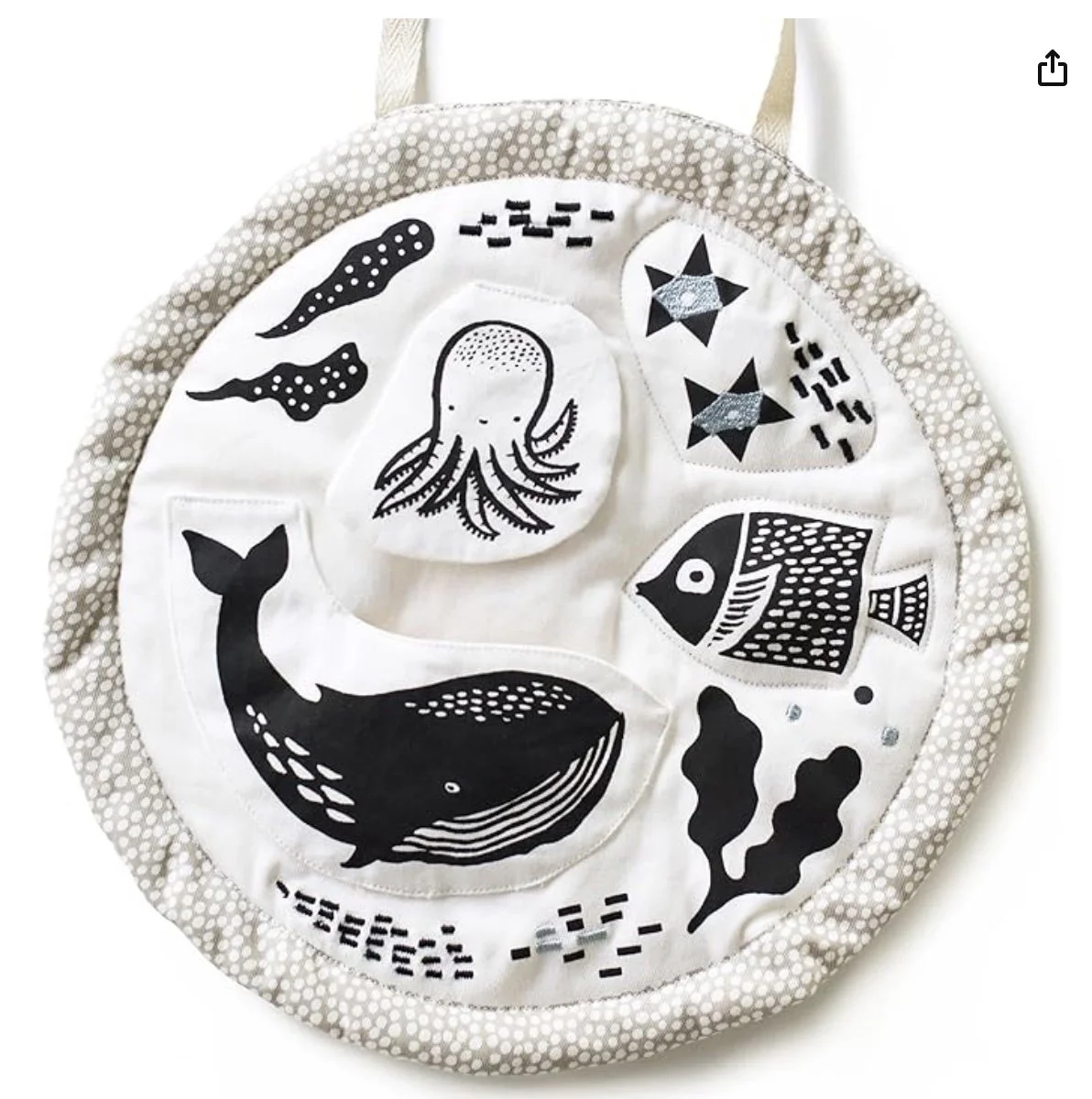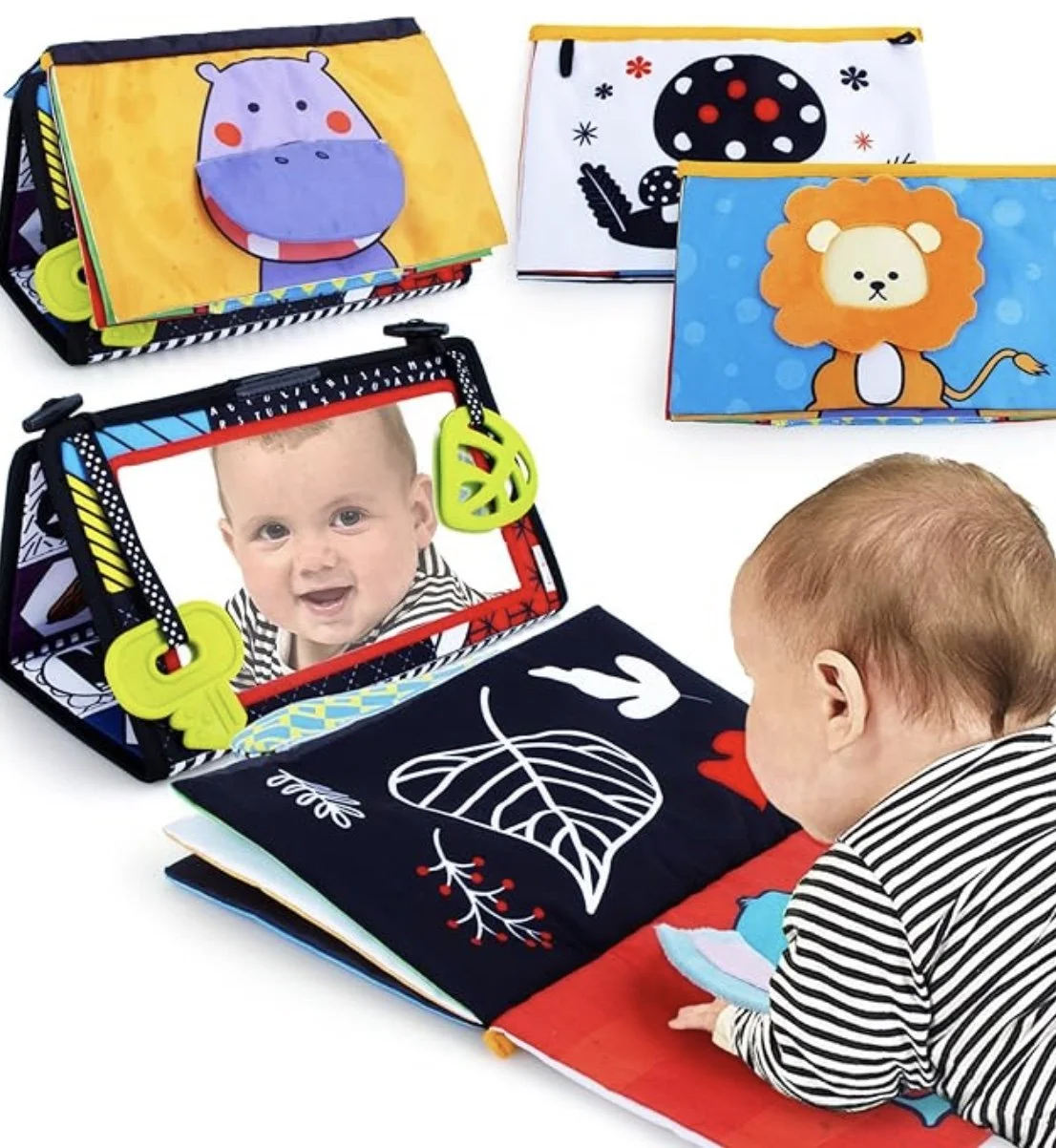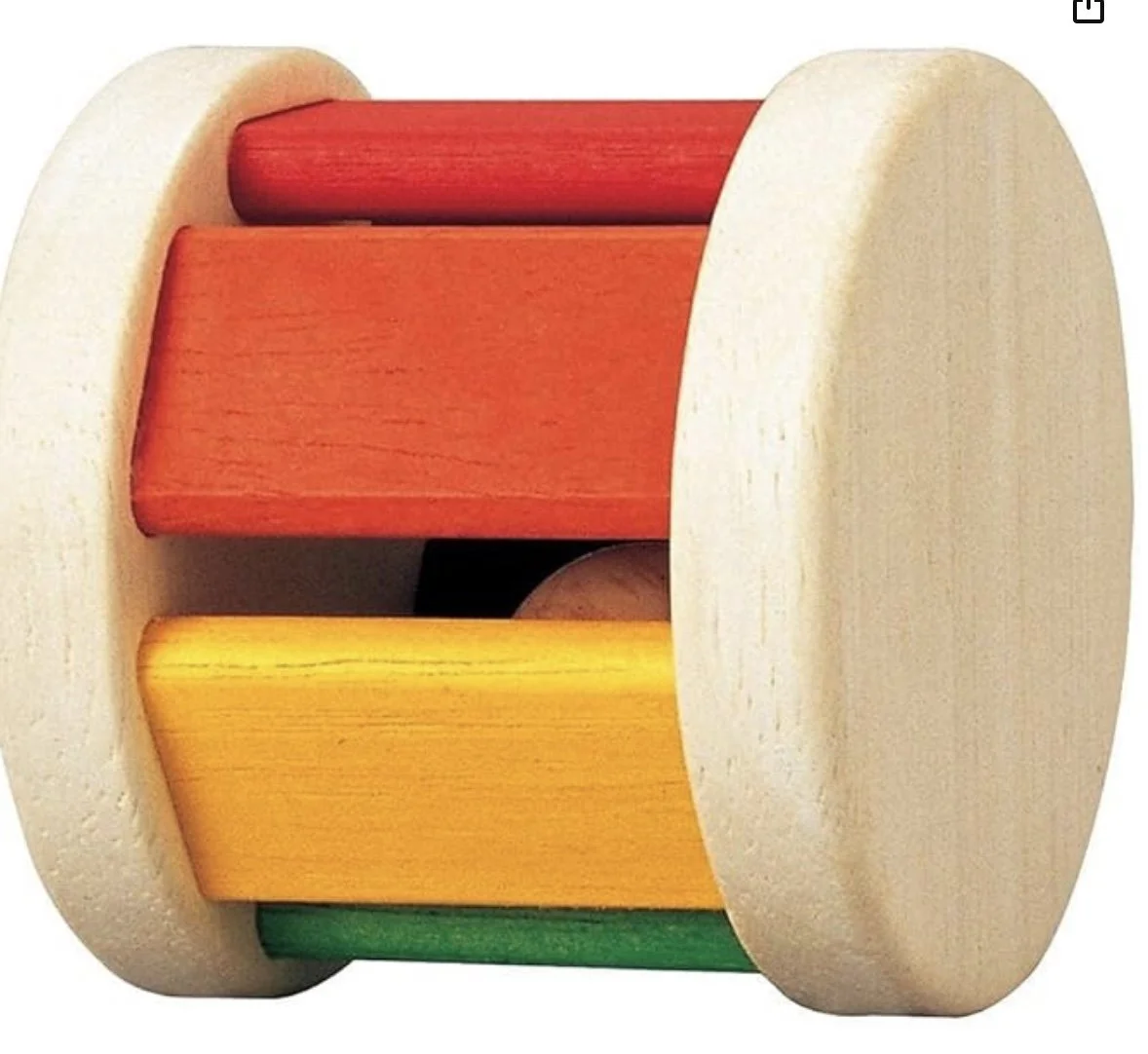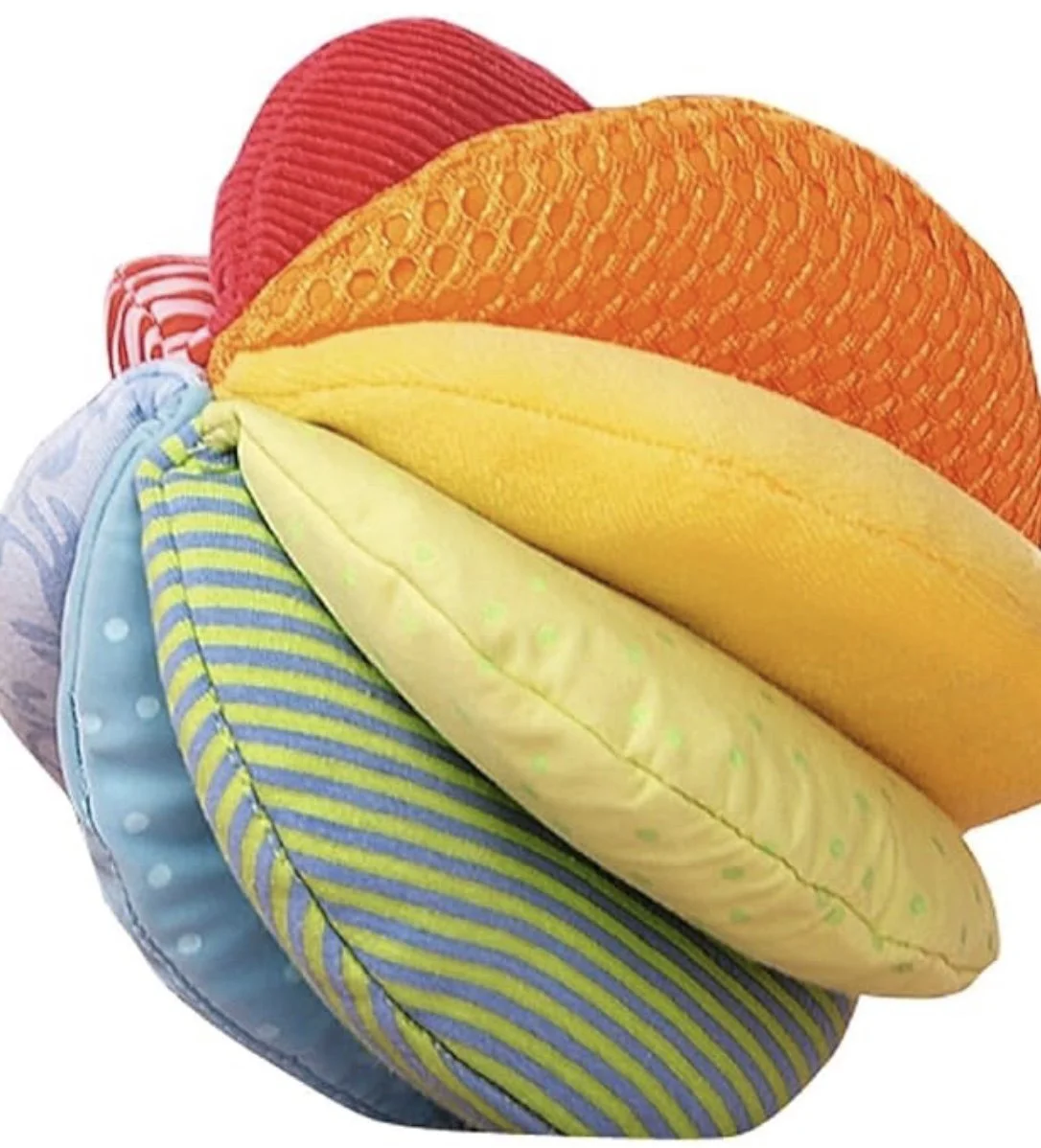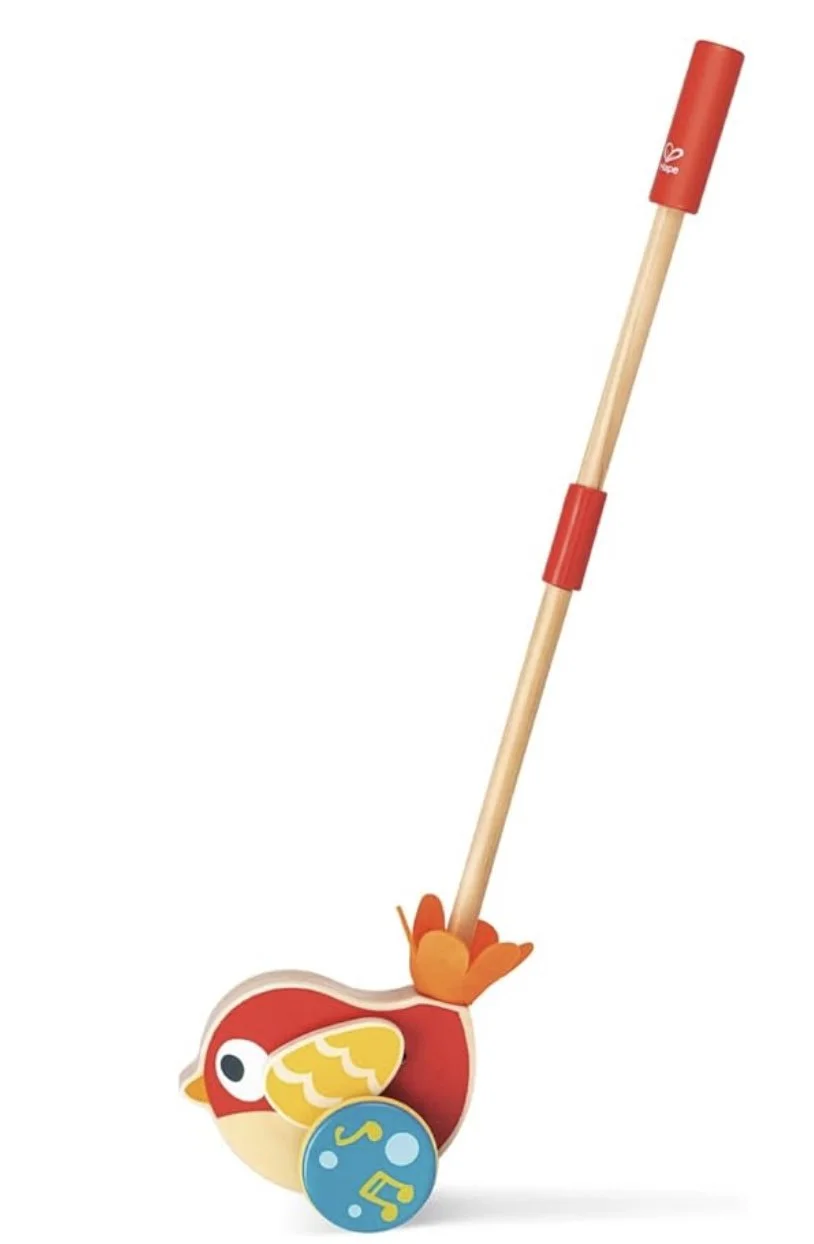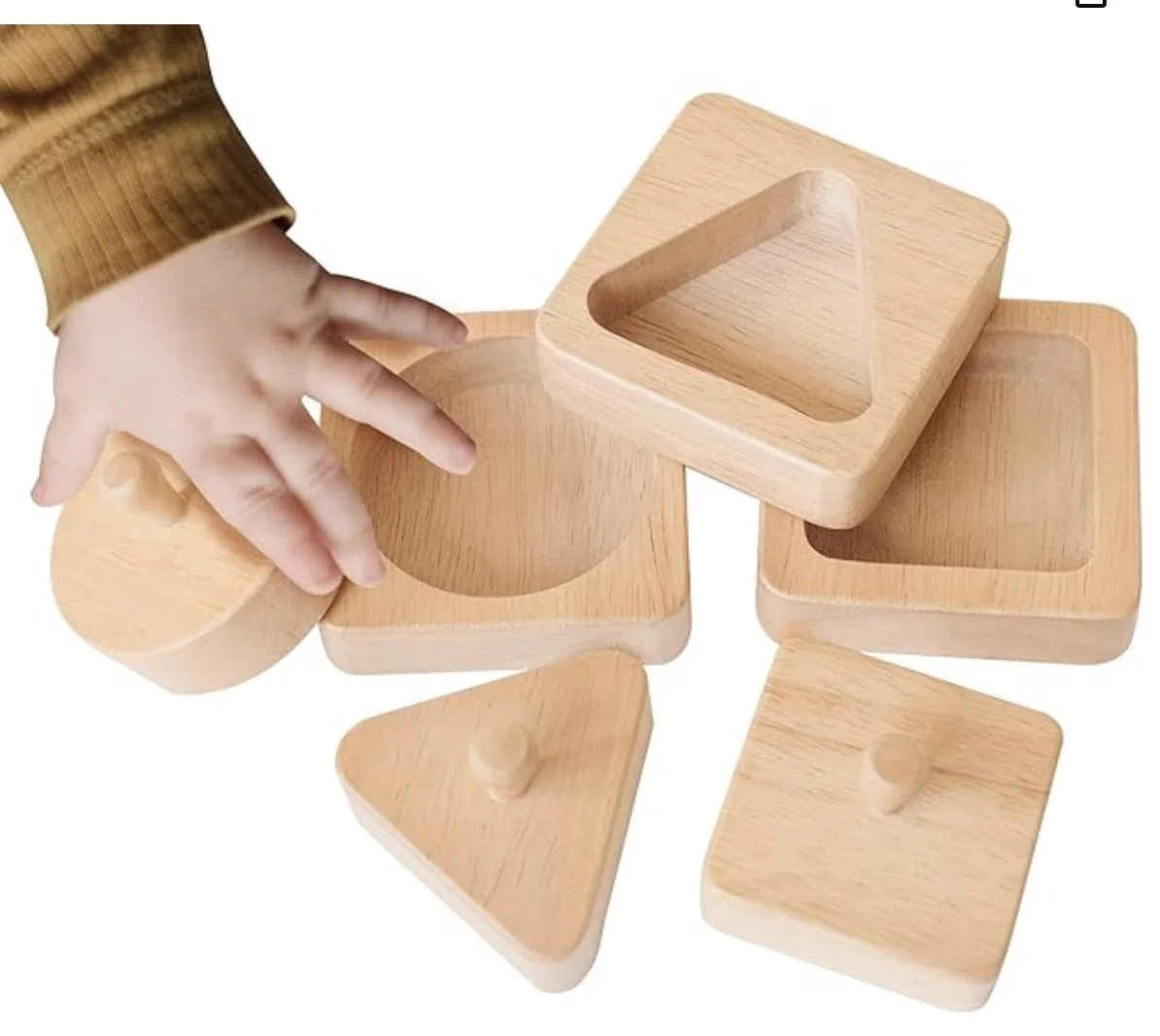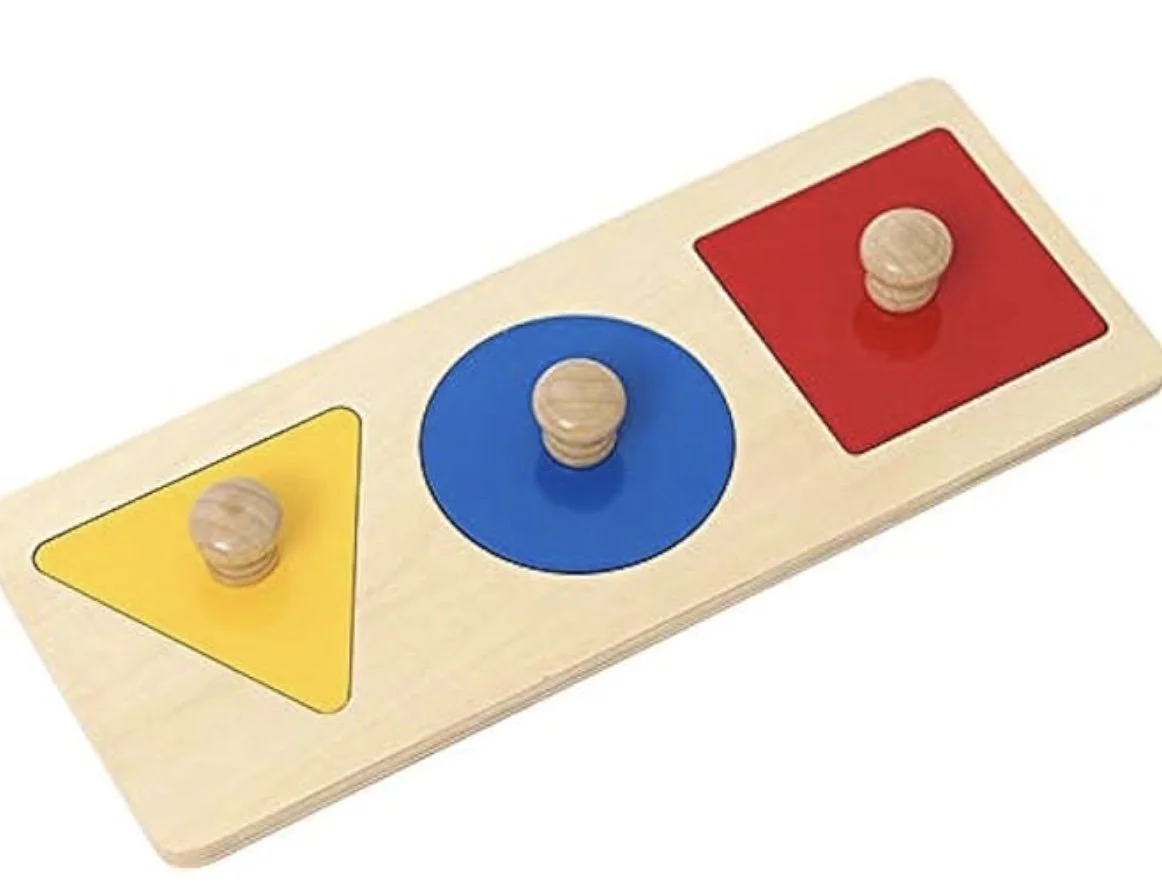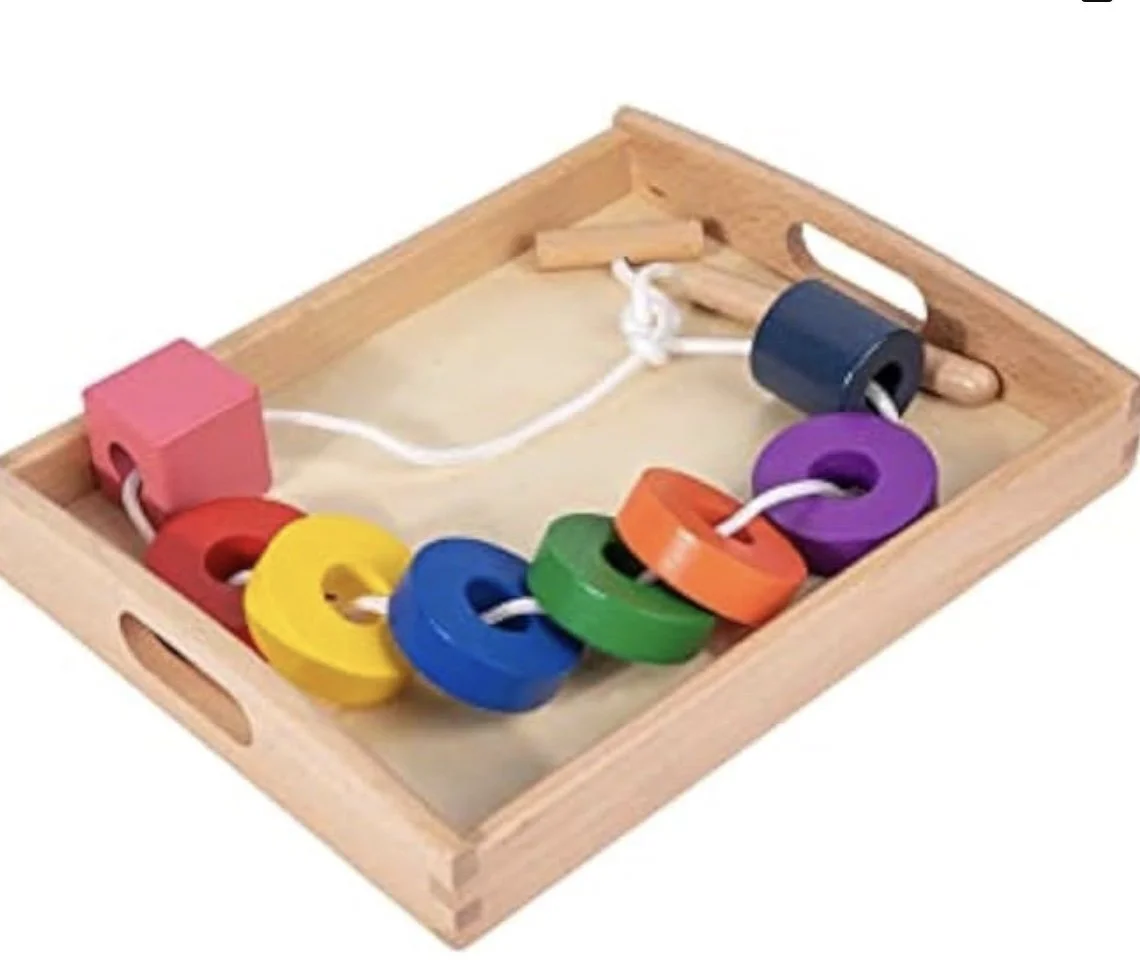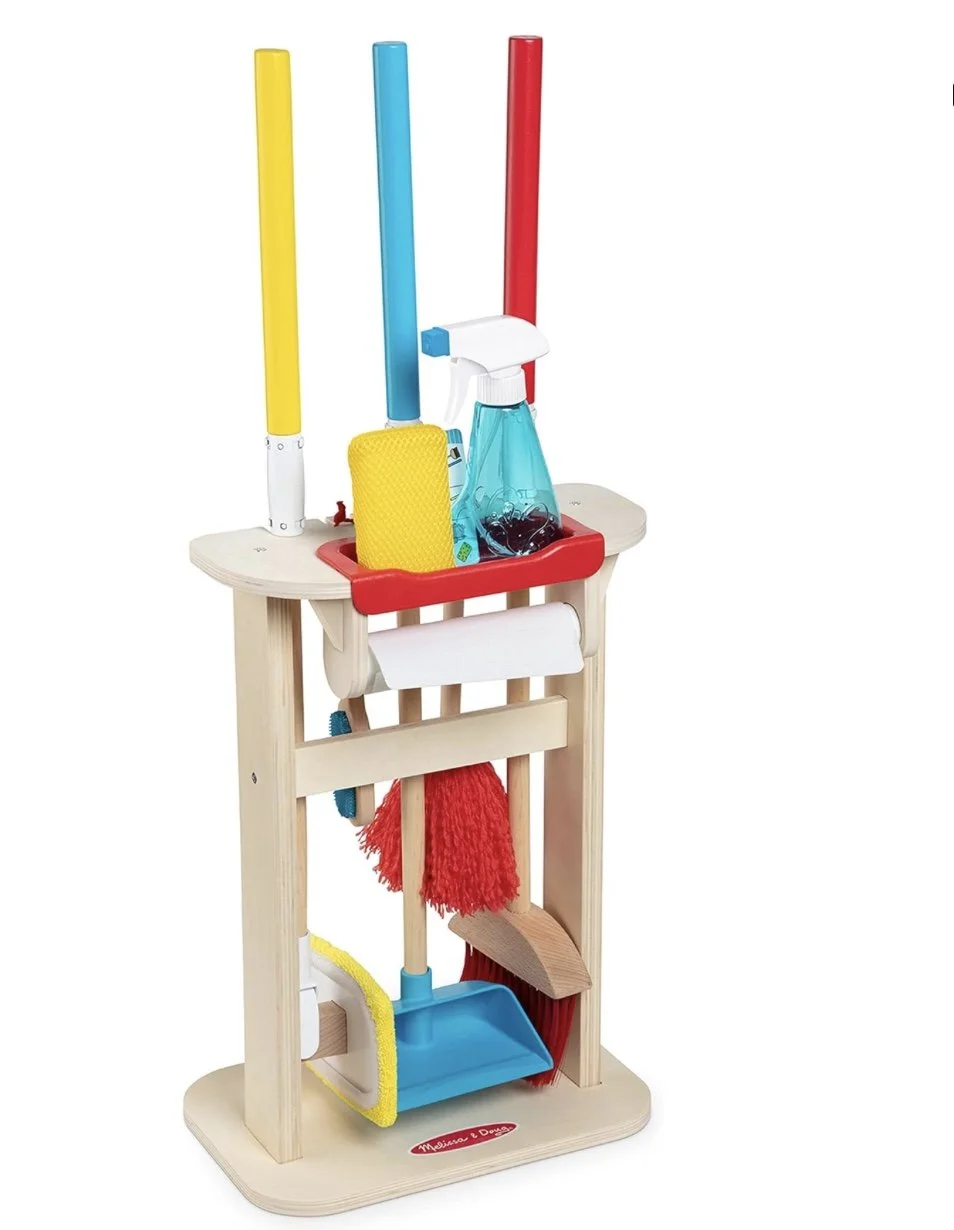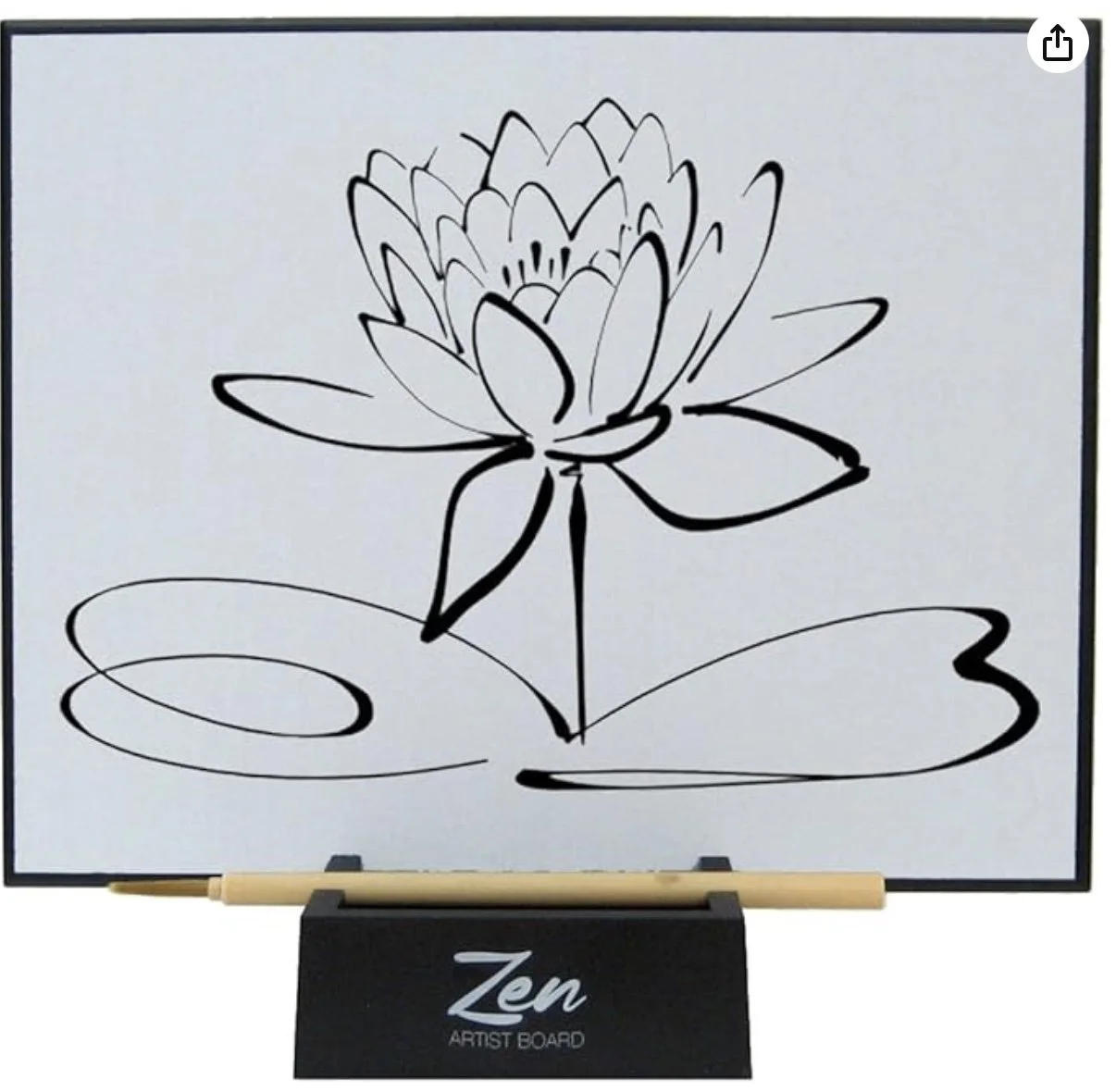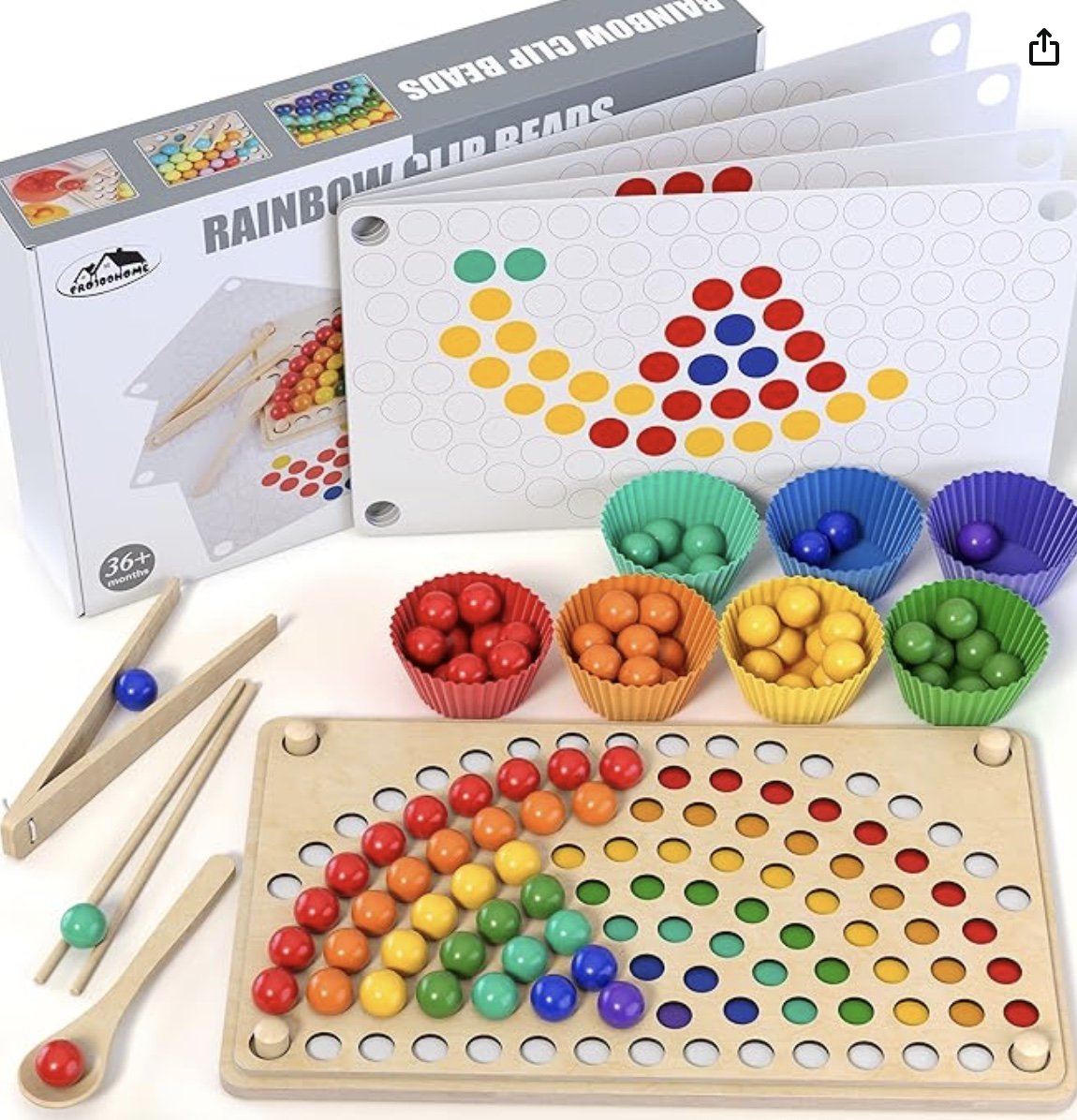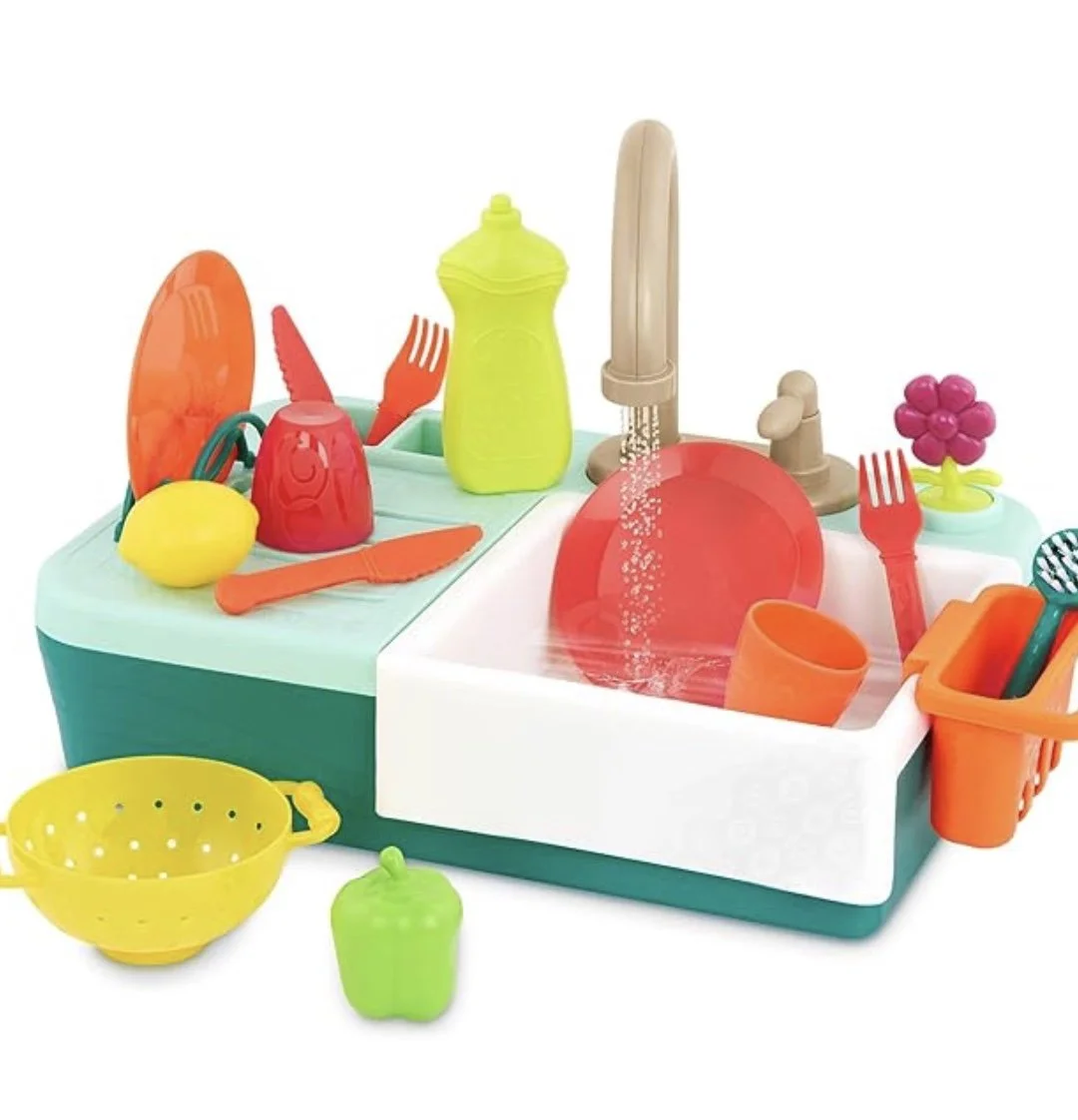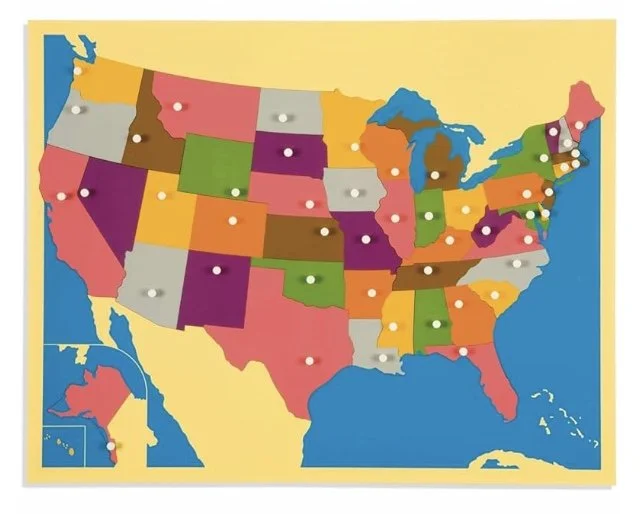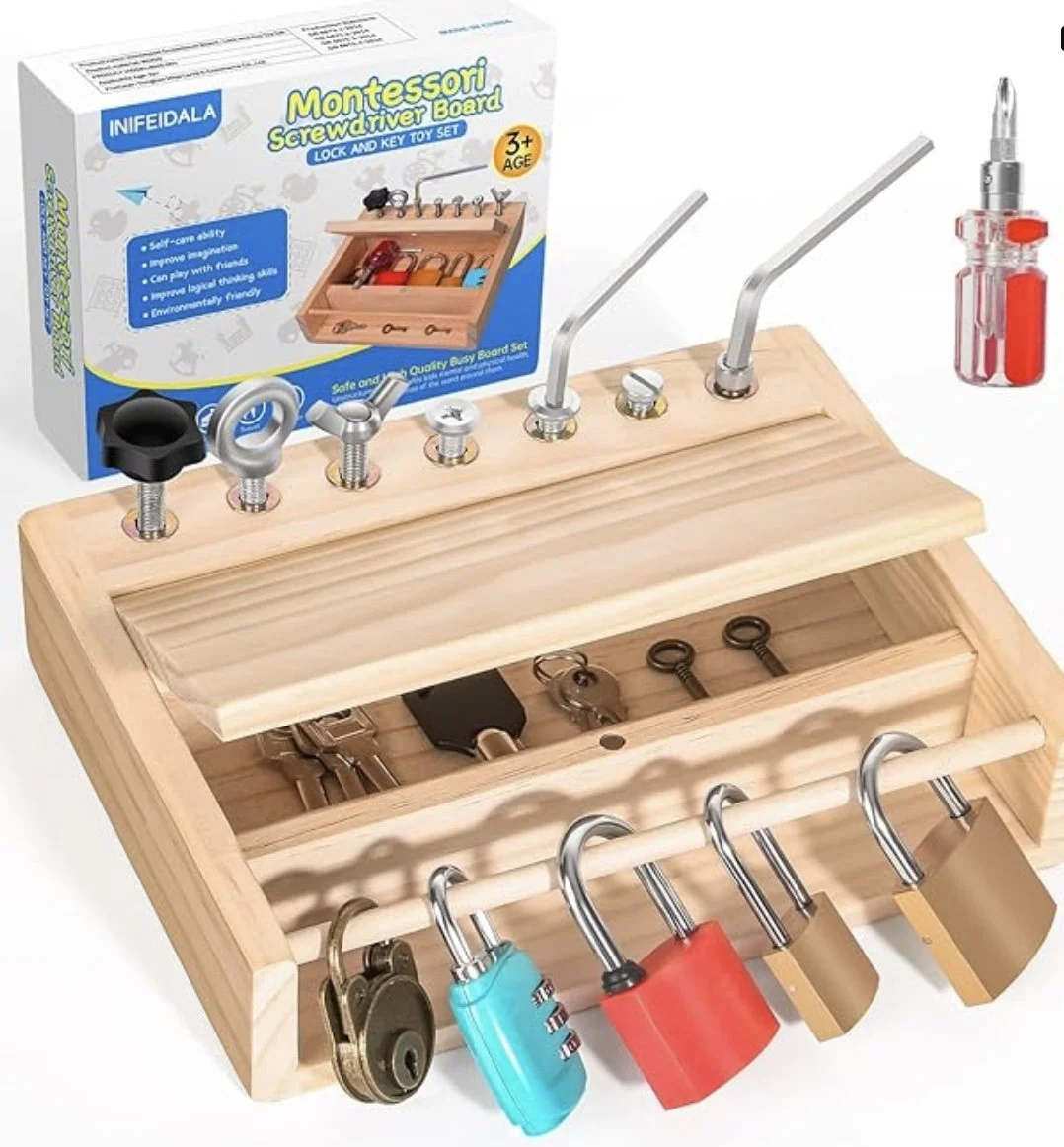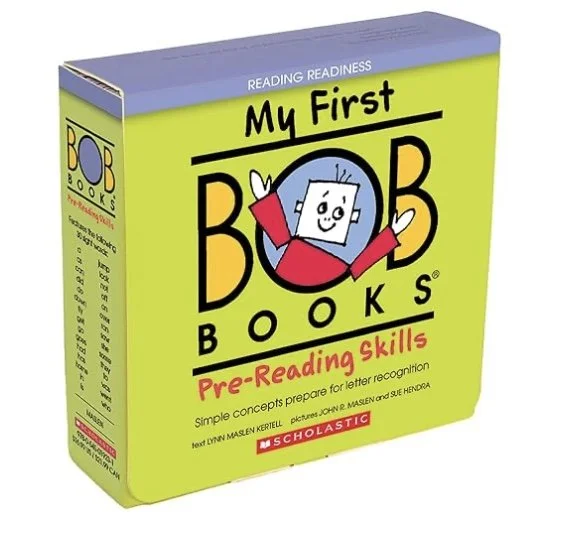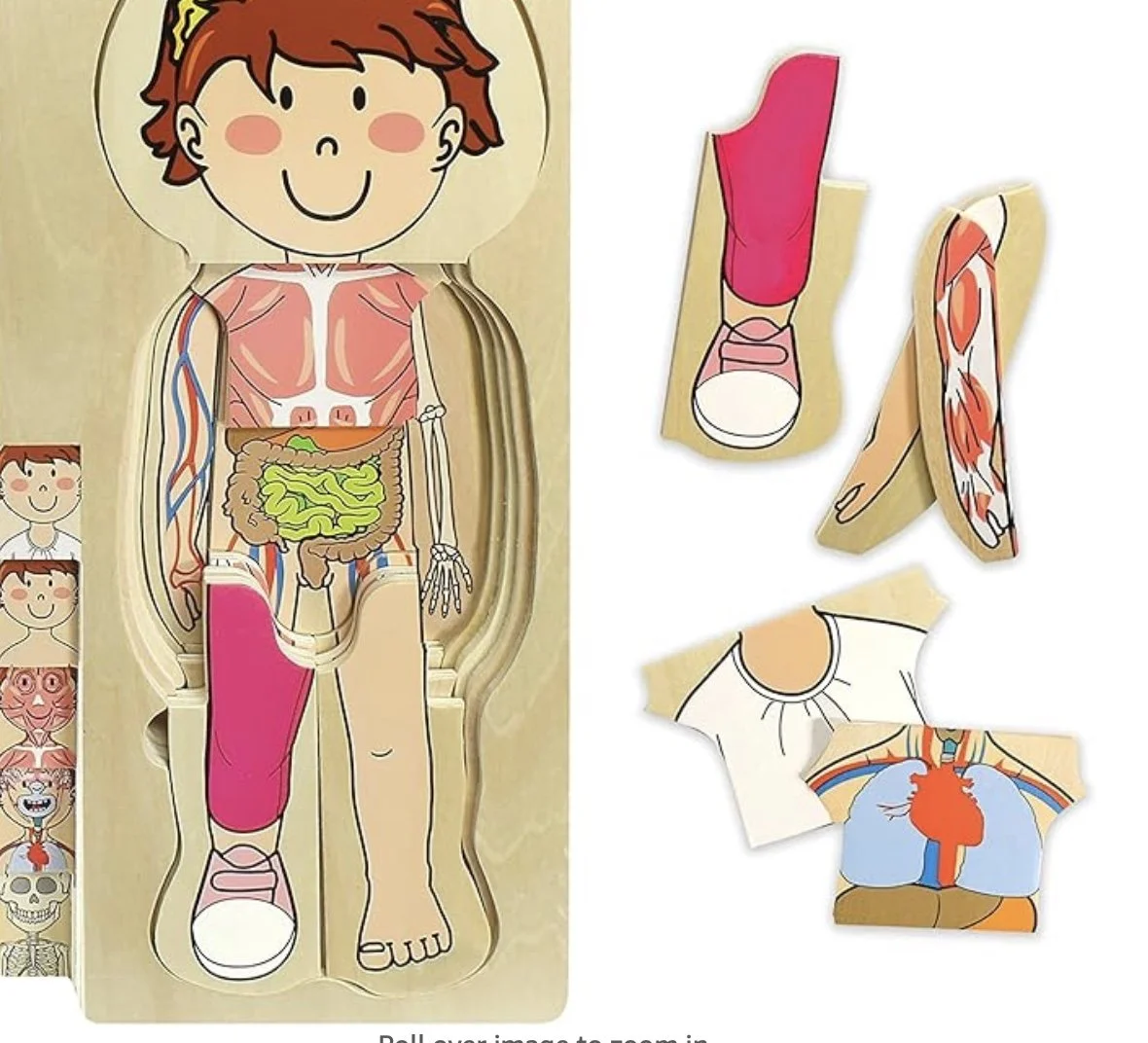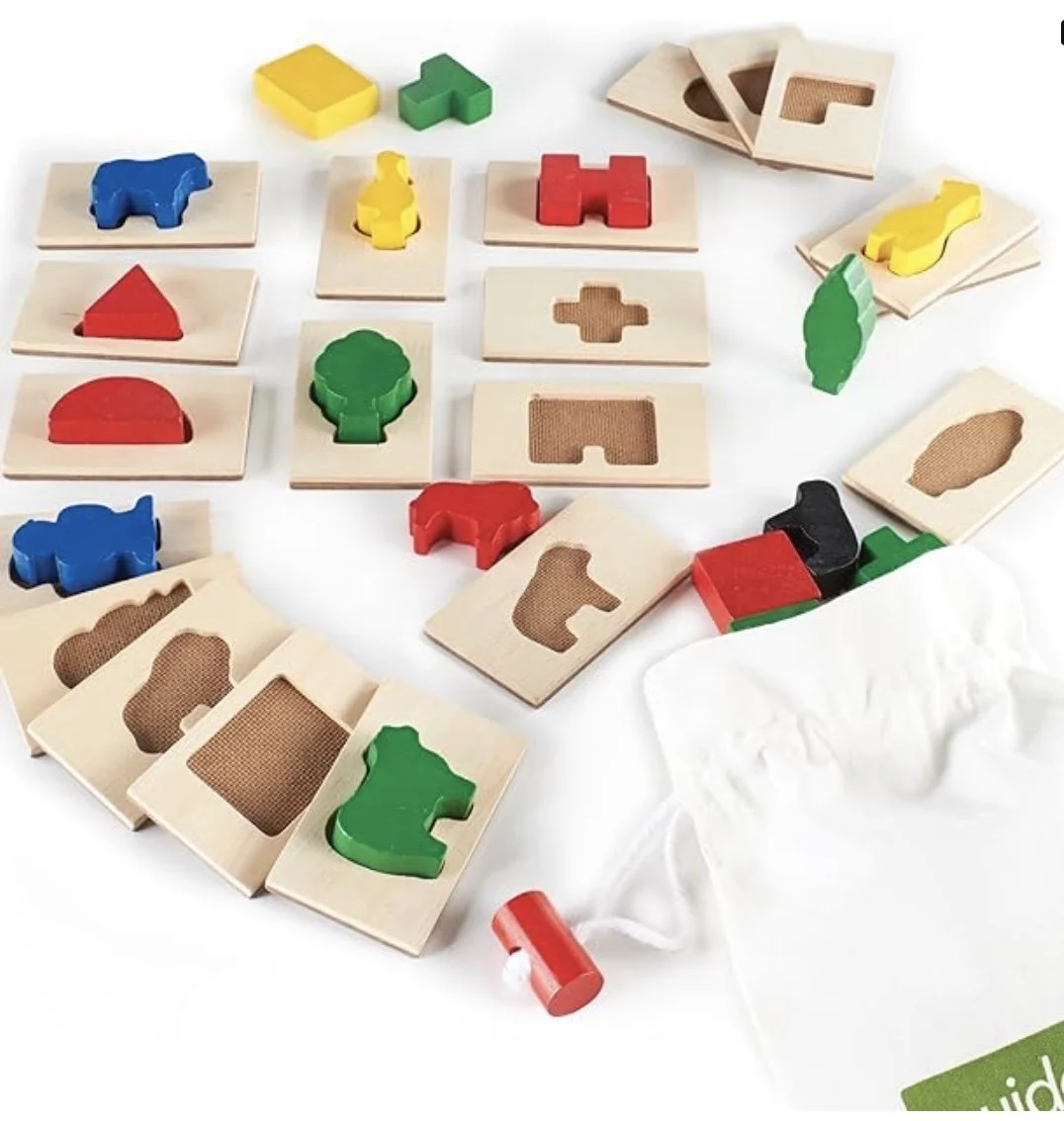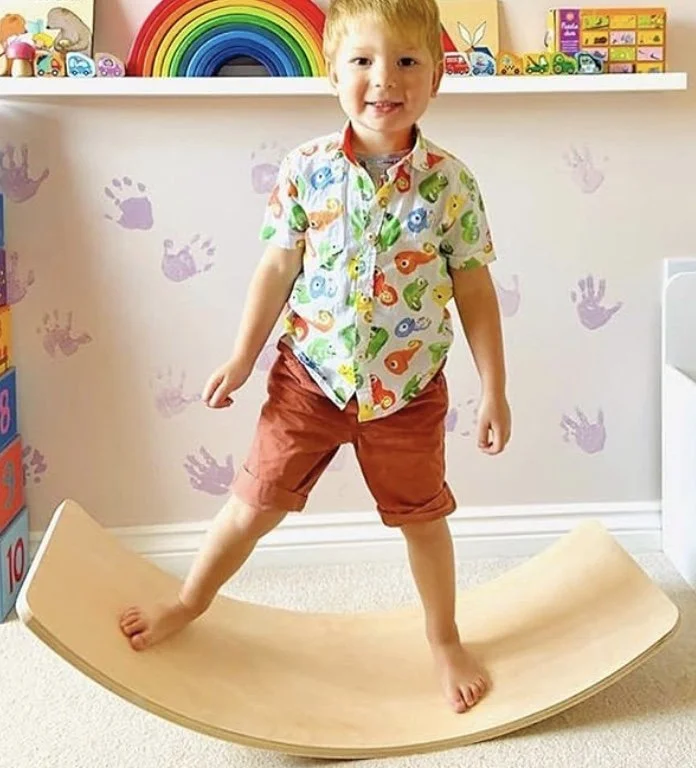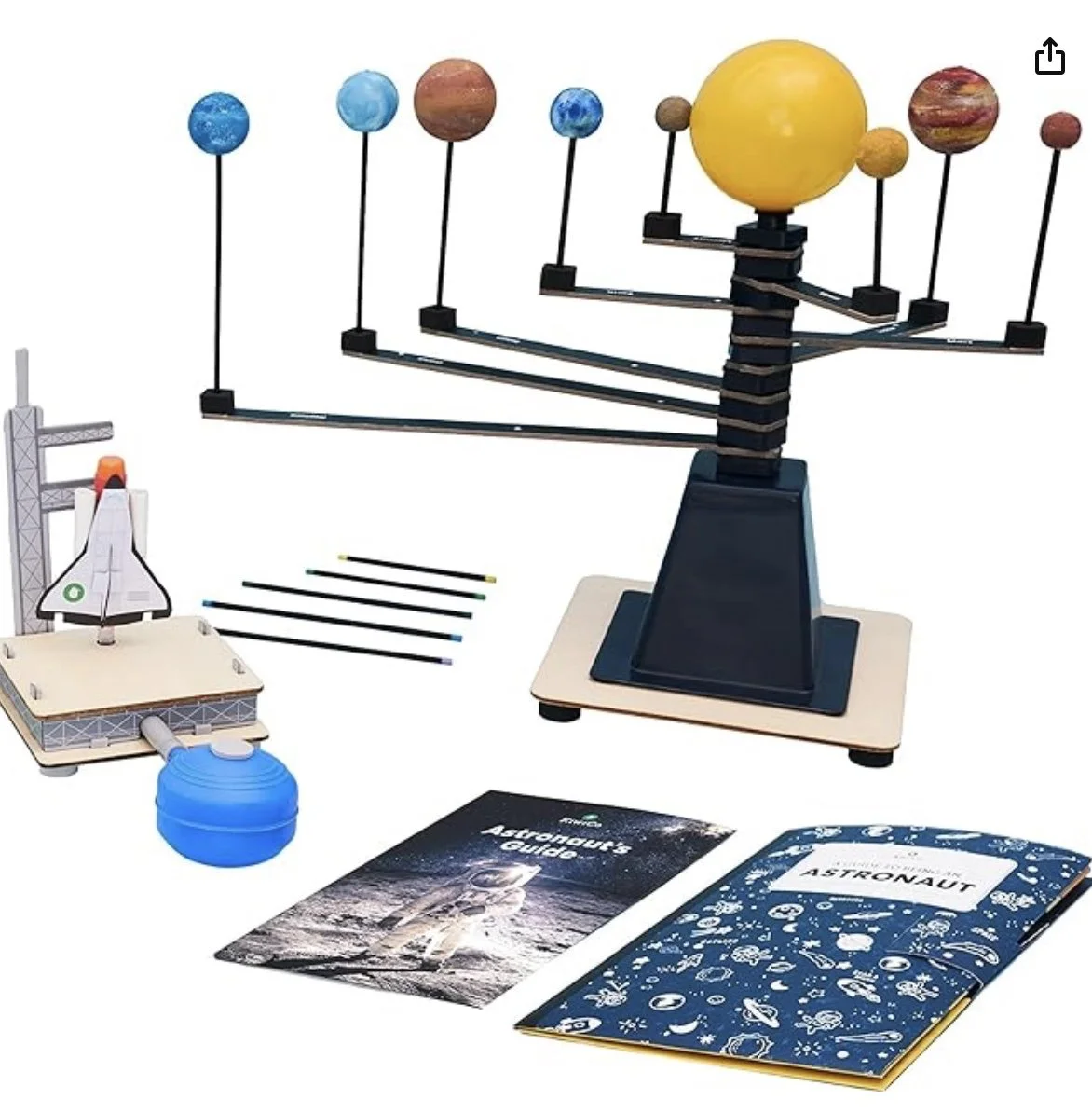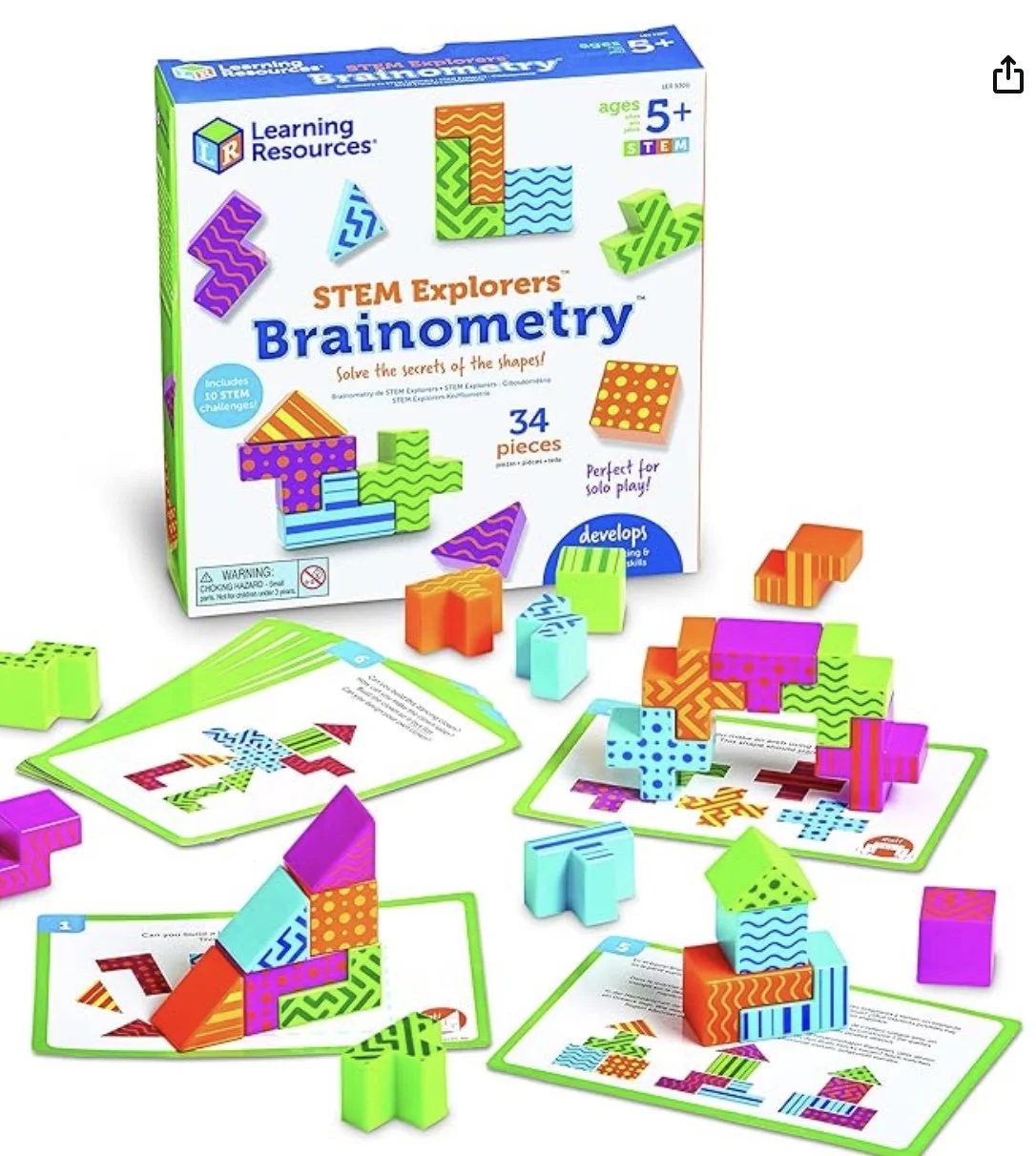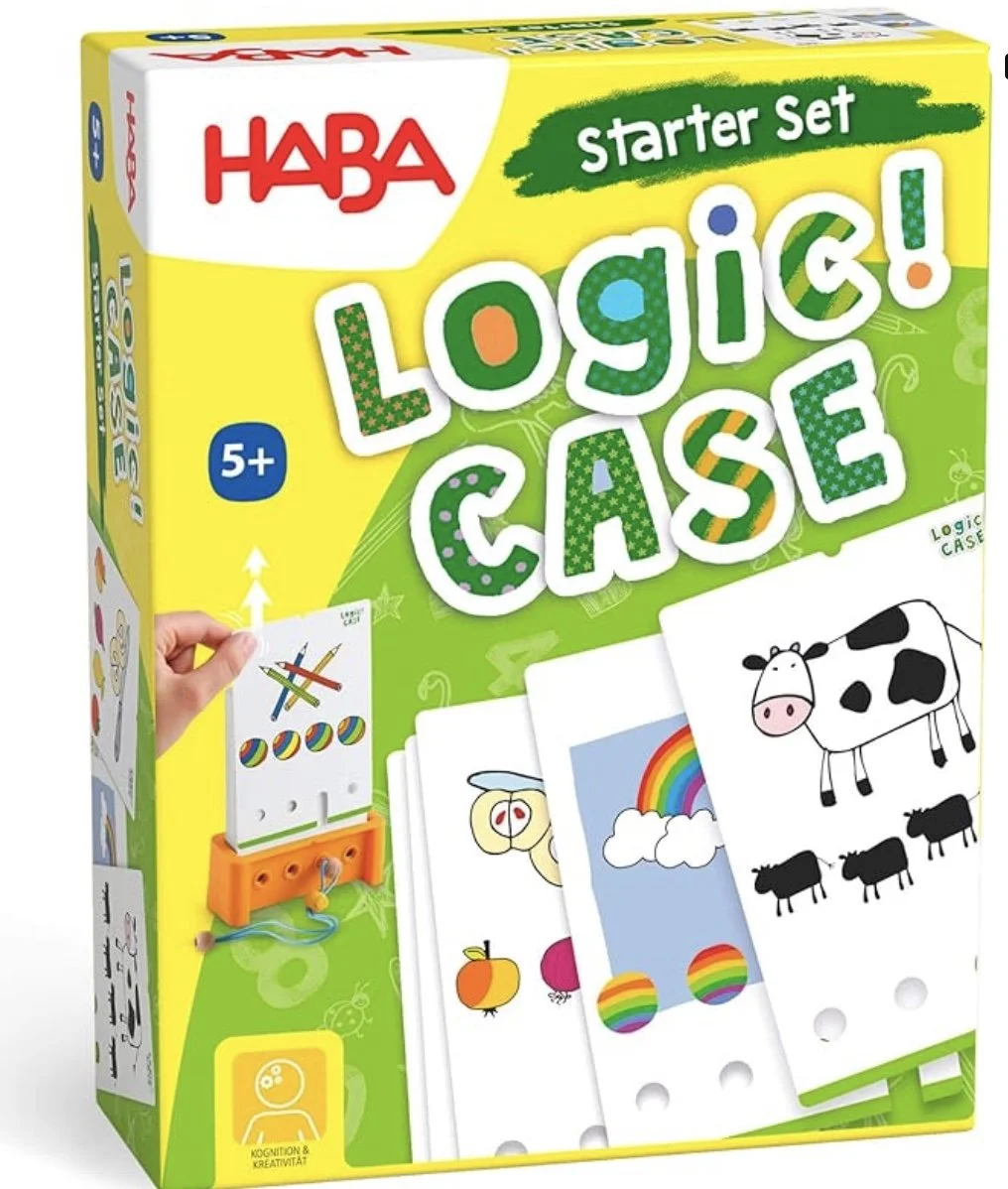Last Minute Montessori Gift Ideas
When choosing a toy for a child, Montessori principles guide us to look for gifts that are purposeful, beautiful, and engaging. Unlike toys that overwhelm with noise or flashing lights, Montessori-inspired toys focus on meaningful play—encouraging independence, exploration, and connection to the real world.
What makes a toy "Montessori-inspired"? First, it should have a real-world application or represent reality, helping children make sense of their environment. It should be self-correcting, allowing the child to recognize and learn from mistakes independently. Natural materials like wood, metal, fabric, and leather are preferred—not only for their sensory appeal but also for their durability and sustainability. These toys are simple in form yet rich in function, often engaging multiple senses: sight through beautiful colors, touch through varied textures, or hearing through soft, pleasing sounds.
A Montessori toy also grows with the child. Ideally, it can be used in multiple ways, staying relevant through different developmental stages. Practical life elements—like pouring, building, or sorting—help the child practice real skills that lead to independence. Above all, a Montessori-inspired toy invites interaction. It is something the child wants to pick up, explore, and learn from naturally.
Please note: This post contains affiliate links, which means Little Garden Montessori may earn a small commission at no extra cost to you if you make a purchase through these links. Thank you for your support!
0-6 Months: Exploring the World Through the Senses
At this stage, infants are absorbing everything around them like little sponges. They need toys that stimulate their senses in a gentle and engaging way. Objects with contrasting colors, soft textures, and pleasing sounds encourage visual, tactile, and auditory development. Simple toys that fit in tiny hands and can be grasped, felt, or mouthed are ideal. The goal is to invite exploration and build early motor skills.
Encourages Gross Motor skills development including grabbing. The dowels are smooth and light weight. The elastic bands are easy to grasp.
To begin with, this Activity Pad is truly beautiful and is inviting for any child. There are multiple different textures and items to keep your child interested and playing including teether, squeaker and more.
This supports visual development with high-contrast patterns that catch a baby’s eye. It encourages tummy time, helping strengthen arm and leg muscles for crawling, while the included teethers and soft book enhance hand-eye coordinationand early brain development through sensory exploration.
7-12 Months: Movement and Hand Control
Babies at this age are developing their ability to sit, crawl, and stand while honing their hand-eye coordination. Toys that encourage movement—like rolling balls, push toys, or stacking rings—support this phase. Simple cause-and-effect toys, like an object that makes a gentle sound when shaken, engage curiosity and problem-solving. This is the time to introduce toys that involve two hands working together or ones that encourage the baby to move after them.
Designed to promote cognitive development by demonstrating object permanence. The sound of the ball hitting the tray and rolling engages the child. There are three different styles of ball that will give the child three different experiences.
Rainbow Roller Rattle
This rolling rattle encourages movement. It has bright colors and a smooth texture with a pleasant sound when rolled or shaken.
This features soft textures, vibrant colors, and a lightweight design to encourage grasping, reaching, and gross motor skillslike rolling and crawling. Crinkly and smooth panels provide a fun, sensory exploration experience
13-18 Months: Refining Gross and Fine Motor Skills
This age is marked by growing mobility and an interest in manipulating objects. Toddlers benefit from toys that help refine both large movements (like walking or climbing) and smaller hand movements. Objects they can stack, fit together, or bang (e.g., pegboards, nesting cups, and musical instruments) help develop coordination. At this age, practical life tools—like small brooms or simple pouring work—also become engaging.
For early walkers, this helps with balance and coordination.
This puzzle includes three geometric shapes that help develop fine motor skills, pincer grasp, and hand-eye coordination.
19-24 Months: Independence and Imitation
Children in this stage are learning to imitate the adults around them and love to practice independence. Toys that reflect real-life tools—like a child-sized cleaning set, kitchen items, or a small watering can—are excellent choices. Simple puzzles and building materials also encourage problem-solving, while activities that require balance, like walking on a beam or pulling a wagon, support physical growth.
This introduces basic shapes—square, circle, and triangle—to support early learning, helping children build shape recognition, spatial awareness, and cognitive skills.
Threading the laces through the shapes helps children build fine motor control, hand-eye coordination, and dexterity. This activity also strengthens focus, problem-solving, and shape and color recognition, supporting overall cognitive development.
Whatever it is, the way you tell your story online can make all the difference.
2-3 Years: The Age of 'Doing It Myself'
At this age, children are fiercely independent and eager to do it themselves. They thrive with toys that involve practical life skills—like sweeping, cooking, or sorting. Early tools for pouring, scooping, or dressing (like button boards or zipper frames) provide real-world practice. Additionally, open-ended materials like blocks or simple art supplies encourage creativity and persistence.
This supports fine motor skills, concentration, and creativity through brush control and artistic exploration, while also promoting mindfulness, cause-and-effect learning, and self-regulation in a calming activity.
This supports fine motor skills, creativity, color recognition, early math, and focus, while encouraging coordination and imagination. From counting games to color sorting, these engaging tools offer thoughtful, hands-on learning.
This upports practical life skills like cleaning while developing fine motor control, cause-and-effect understanding, focus, and problem-solving. It also encourages imagination, independence, and responsibility through purposeful, hands-on play.
3-4 Years: Imaginative Play and Early Problem-Solving
The preschool years bring a new level of imagination and cognitive development. Children enjoy toys that allow them to build, pretend, and solve problems. Building materials, simple puzzles, and toys that require matching or sorting engage their growing reasoning skills. Practical life toys—like child-sized gardening tools or baking sets—help channel their love for imitating adults into real tasks.
supports spatial awareness, fine motor skills, and problem-solving as children fit each piece into place. It also fosters geographic awareness, concentration, and memory, helping children learn about the United States through hands-on exploration.
Figuring out how to unlock and unscrew components encourages logical thinking and problem-solving. Using the screwdriver and locks strengthens hand muscles, improves coordination, and refines the pincer grasp needed for writing.
BOB Books' step-by-step approach helps children build reading readiness. The Alphabet set introduces uppercase and lowercase letters, letter sounds, and word recognition, while the Pre-Reading Skills set uses engaging stories to teach spatial, relational, and sequencing concepts essential for independent reading.
4-5 Years: Refining Skills and Exploring Creativity
At this stage, children are refining their motor control, creativity, and early academic skills. Toys that involve fine motor work—, using child-safe tools, or puzzles with small pieces—are valuable. Creativity blossoms with open-ended toys like art materials, blocks, or pretend kitchen sets. Tools that introduce real-life skills, like child-safe knives for cutting fruit, are especially meaningful.
This five-layer human anatomy puzzle introduces children to the skeletal, muscular, and digestive systems through interactive, self-correcting play. Designed for small hands, it promotes fine motor skills, problem-solving, and body part recognition in a simple and engaging way.
This It strengthens fine motor skills and tactile discrimination as children match shapes by touch alone. This activity also enhances problem-solving, spatial awareness, and visual recognition as they pair shapes to tiles.
The Balance Board helps children aged 4-5 develop balance, coordination, and core strength. It supports self-regulation by providing a calming, rocking motion or an outlet for active energy, while encouraging focus, confidence, and physical play.
5-6 Years: Collaboration and Early Abstract Thinking
Older children begin to seek challenges and enjoy collaborative play. Toys that require strategy, sequencing, or problem-solving—like more complex puzzles, building sets, or early games—support this development. At this age, practical life work can become more advanced, like caring for plants, baking simple recipes, or building with tools. Children benefit from toys that invite focus and reward persistence.
This helps children aged 5-6 develop fine motor skills, spatial awareness, and problem-solving as they build and explore the planets. It fosters curiosity about space, supports early science learning, and encourages focus and patience through hands-on, engaging play.
This puzzle challenges kids to solve shape secrets while building critical thinking, problem-solving, and spatial reasoning skills. Through hands-on sorting and geometry challenges, it trains young minds to think logically and creatively.
The Logic! CASE Puzzle Sets engage children aged 5+ with 77 fun and colorful challenges that build pattern recognition, critical thinking, and problem-solving skills. Designed for independent play although they can be worked on as a team, these puzzles inspire focus, creativity, and out-of-the-box thinking.
We hope this guide helps make your holiday season a little more intentional, with gifts that bring joy, spark curiosity, and inspire meaningful play for the children in your life.


